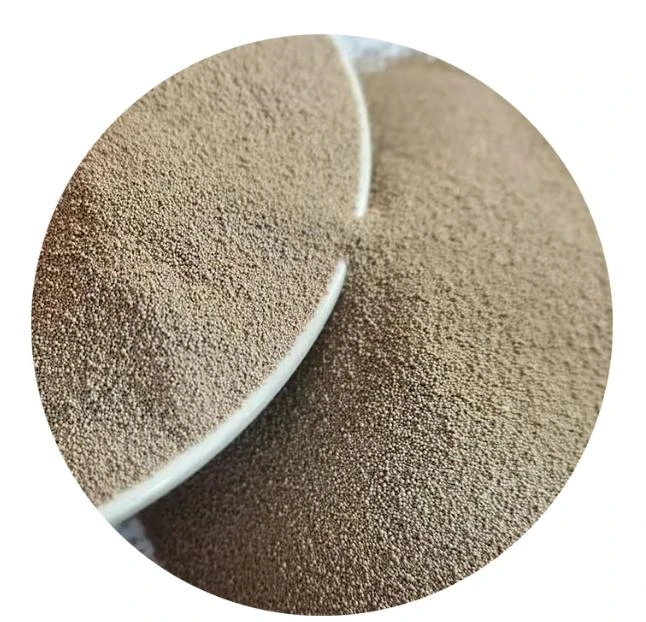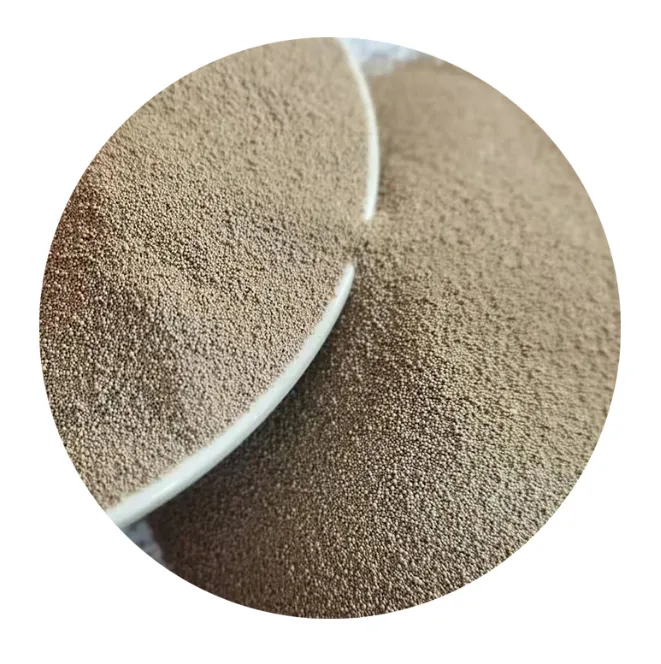- Introduction to Metal Casting Fundamentals
- Technical Advantages of Modern Foundry Methods
- Manufacturing Process Comparison Table (2023 Industry Data)
- Equipment Supplier Analysis for Different Production Scales
- Custom Pattern Design Strategies
- Industrial Implementation Case Studies
- Future Development in Foundry Technology

(sand casting procedure)
Understanding Sand Casting Procedure in Modern Manufacturing
Sand casting remains the most widely used metal forming method, accounting for 61% of all cast products according to the American Foundry Society's 2023 report. This versatile process utilizes silica-based molds to create complex geometries across ferrous and non-ferrous alloys. The standard workflow involves six stages: pattern creation, mold preparation, core making, metal pouring, cooling, and finishing.
Technical Superiority in Metal Fabrication
Modern foundries achieve dimensional tolerances of ±0.8mm for sand cast components under 500mm, surpassing traditional methods' ±1.5mm capability. Advanced binder systems now enable 93% sand reclamation rates, significantly reducing material waste. Cycle times have improved by 40% through automated flask handling systems compared to manual operations.
| Process | Surface Finish (Ra μm) | Minimum Wall Thickness (mm) | Typical Cost per kg ($) | Production Rate (units/hour) |
|---|---|---|---|---|
| Sand Casting | 12.5-25 | 3.0 | 2.10-3.40 | 8-15 |
| Die Casting | 1.6-3.2 | 0.6 | 4.80-7.20 | 45-120 |
| Permanent Mold | 6.3-12.5 | 2.5 | 3.50-5.60 | 20-40 |
Industrial Equipment Provider Comparison
Leading machinery manufacturers demonstrate distinct capabilities:
| Supplier | Automation Level | Max Cast Weight (kg) | Energy Efficiency | MOQ (units) |
|---|---|---|---|---|
| Omega Foundry Tech | Full robotic | 150 | 0.8kWh/kg | 500 |
| Precision Cast Systems | Semi-auto | 75 | 1.2kWh/kg | 250 |
| Industrial Mold Solutions | Manual | 300 | 1.5kWh/kg | 100 |
Custom Pattern Development Techniques
Advanced pattern shops now employ 3D printed sand molds achieving ±0.25mm accuracy for prototype development. Hybrid approaches combining CNC machining with additive manufacturing reduce lead times by 65% compared to traditional wood patterns. Digital simulation tools predict flow characteristics with 92% accuracy before physical production.
Real-World Implementation Examples
A heavy machinery manufacturer reduced component weight by 18% through optimized sand casting designs while maintaining ISO 9001:2015 compliance. Automotive suppliers report 34% cost reduction in engine block production through automated sand reclamation systems. Energy sector clients achieve 99.2% defect-free castings for valve bodies using real-time thermal monitoring.
Advancements in Sand Casting Procedure Efficiency
Recent innovations include AI-powered mold quality detection systems that reduce scrap rates to 2.7% from industry-average 6.8%. Microwave-assisted drying techniques cut mold preparation time by 55%. Nano-engineered coating materials extend mold life to 35+ cycles without degradation. These developments position sand casting as a competitive solution for complex, medium-volume production runs up to 15,000 units annually.

(sand casting procedure)
FAQS on sand casting procedure
Q: What are the key steps in the sand casting procedure?
A: The sand casting procedure involves creating a mold from compacted sand around a pattern, pouring molten metal into the cavity, cooling it, then breaking the mold to remove the solidified casting. It’s cost-effective for large or complex parts.
Q: What is the difference between die casting and sand casting?
A: Die casting uses reusable metal molds and high pressure to inject molten metal, enabling high precision and smooth finishes. Sand casting uses expendable sand molds, making it cheaper for low-volume or large components.
Q: How does sand casting differ from permanent mold casting?
A: Sand casting employs disposable sand molds, while permanent mold casting uses reusable metal molds. Permanent molds allow faster production and better surface finish but are costlier for small batches.
Q: Why choose sand casting over die casting for certain applications?
A: Sand casting is preferred for large, heavy parts or low-volume production due to lower mold costs and design flexibility. Die casting suits high-volume, small-to-medium parts requiring tight tolerances.
Q: What are the main limitations of sand casting compared to permanent mold casting?
A: Sand casting produces rougher surfaces and lower dimensional accuracy than permanent mold casting. It’s slower for high-volume runs but better for complex geometries and large sizes.
Next:Lost Foam Casting Examples Precision Parts & Complex Designs
